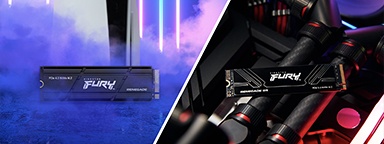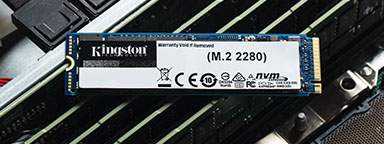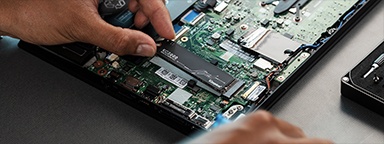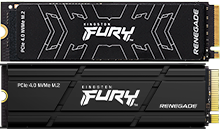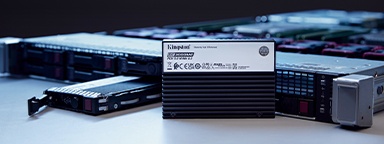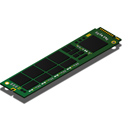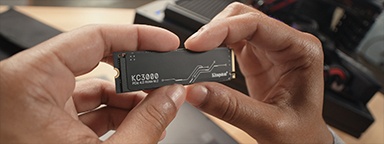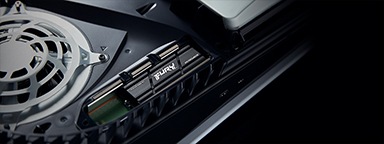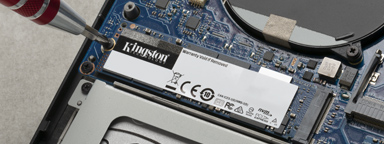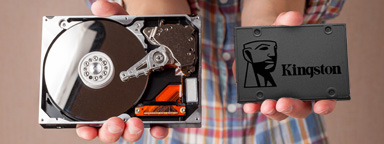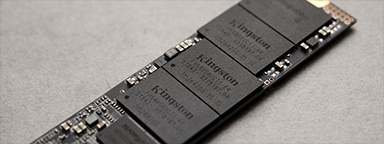NVMe SSDs in client systems, such as desktops, laptops or workstations greatly improve overall performance with faster speeds and a simpler form factor designed with efficient flash NAND technology. In general, SSDs have faster read and write speeds than traditional spinning disk drives but they gain even greater read and write speeds when using a NVMe interface. Most SATA SSDs have read speeds of around 500MB/s while high-end NVMe SSDs are capable of around 7,000MB/s.


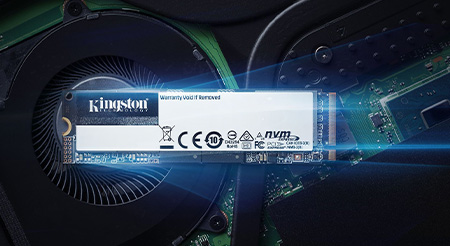 NVMe can deliver incredible sustained read and write speeds compared to SATA III. In terms of performance, PCIe lanes are directly connected to the CPU and enables twenty-five times more data to be transferred compared to SATA. NVMe SSDs are power-efficient and have low power consumption in standby mode for more energy efficient performance. Regardless of form factor, NVMe SSDs work with all major operating systems since NVMe communicates directly with the CPU. Most desktops and many laptops have included support for NVMe SSDs within the last couple years.
NVMe can deliver incredible sustained read and write speeds compared to SATA III. In terms of performance, PCIe lanes are directly connected to the CPU and enables twenty-five times more data to be transferred compared to SATA. NVMe SSDs are power-efficient and have low power consumption in standby mode for more energy efficient performance. Regardless of form factor, NVMe SSDs work with all major operating systems since NVMe communicates directly with the CPU. Most desktops and many laptops have included support for NVMe SSDs within the last couple years. NVMe SSDs enable games to boot up two to three times faster than those installed on a traditional hard drive. Not only will games load faster, there’ll be hardly any time wasted on loading screens from the game’s menu to the game itself. Gamers will be able to notice how much faster their games will load compared to other players’ when playing online as well.
NVMe SSDs enable games to boot up two to three times faster than those installed on a traditional hard drive. Not only will games load faster, there’ll be hardly any time wasted on loading screens from the game’s menu to the game itself. Gamers will be able to notice how much faster their games will load compared to other players’ when playing online as well.
